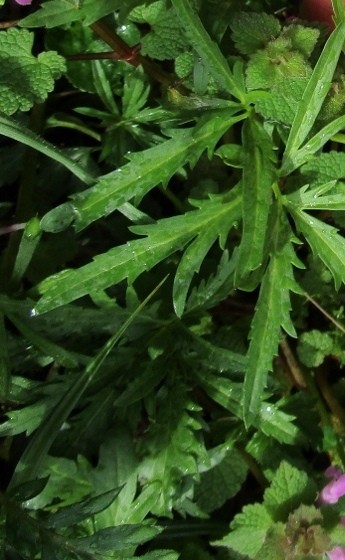Mountain pasque flower
(Pulsatilla montana montana)

Description
Pulsatilla montana montana, commonly known as the mountain pasqueflower, is a stunning flowering plant that belongs to the Ranunculaceae family. This herbaceous perennial is native to the mountainous regions of Europe, particularly the alpine meadows. With its exquisite blossoms and unique characteristics, Pulsatilla montana montana has captured the hearts of plant enthusiasts and botanists alike. In this article, we delve into the details of this fascinating plant, exploring its taxonomy, morphology, habitat, and ecological significance. Taxonomy and Classification Pulsatilla montana montana is classified under the genus Pulsatilla, which comprises approximately 33 species of herbaceous perennials. The genus name "Pulsatilla" is derived from the Latin word "pulsare," meaning "to beat" or "to sway," referring to the plant's delicate, swaying blooms. Within the genus Pulsatilla, P. montana montana is a subspecies of Pulsatilla montana. It was first described by Carl Linnaeus, the renowned Swedish botanist, in his seminal work "Species Plantarum" in 1753. Morphology Pulsatilla montana montana is characterized by its strikingly beautiful flowers and unique foliage. The plant forms a low, clump-forming tuft, typically reaching a height of 10-20 centimeters. The leaves are deeply divided and arranged in a basal rosette, with a silvery-gray coloration that adds to its allure. The delicate, nodding flowers emerge from the center of the rosette on individual stalks known as scapes. The flowers consist of sepals rather than petals, and they come in various shades of purple, from pale lilac to deep violet. Each sepal has a velvety texture and elongated shape, creating an enchanting display when in bloom. Habitat and Distribution Pulsatilla montana montana is predominantly found in the alpine meadows and subalpine regions of Europe. It thrives in high-altitude habitats, where it withstands harsh weather conditions and adapts to rocky, well-drained soils. The plant is primarily distributed in mountainous regions of countries such as Switzerland, Austria, Italy, Germany, and France. Within its range, Pulsatilla montana montana often forms dense colonies, creating a spectacle of purple hues against the rugged landscape. Ecological Significance The mountain pasqueflower holds ecological significance as it serves as a vital component of alpine ecosystems. Its presence contributes to the biodiversity of these fragile habitats. The plant's showy flowers attract a range of pollinators, including bees, butterflies, and flies, which aid in its reproductive process. Furthermore, Pulsatilla montana montana serves as a food source for certain herbivorous insects, contributing to the intricate web of interactions within the alpine ecosystem. Its extensive root system plays a role in soil stabilization, preventing erosion in the mountainous terrain. Cultural and Medicinal Uses Pulsatilla montana montana has captured the attention of horticulturists and gardeners due to its aesthetic appeal. It is often cultivated in rock gardens and alpine-themed plantings, where its delicate beauty can be showcased. However, it is important to note that this species is protected in several countries, and wild collection should be avoided to ensure its conservation. In traditional medicine, certain species of the genus Pulsatilla have been used for their medicinal properties. However, it is crucial to emphasize that the mountain pasqueflower and its subspecies, including Pulsatilla montana montana, contain compounds that can be toxic if ingested. Therefore, it is not recommended to use this plant for medicinal purposes without proper expertise and guidance. Conservation Status Pulsatilla montana montana, like many alpine plant species, faces several threats to its survival. Its specialized habitat and limited distribution make it vulnerable to climate change, habitat loss due to human activities, and disturbance from recreational activities in alpine areas. Additionally, illegal collection from the wild for horticultural purposes poses a significant risk to wild populations. As a result, conservation efforts are crucial to ensure the long-term survival of this species. Conservation measures include the protection of alpine habitats, the enforcement of regulations against wild collection, and the establishment of ex-situ conservation programs, such as seed banks and botanical gardens. These initiatives aim to preserve the genetic diversity of Pulsatilla montana montana and enable its reintroduction into suitable habitats if necessary. Conclusion Pulsatilla montana montana, the mountain pasqueflower, is a captivating plant species that thrives in the alpine meadows of Europe. Its unique morphology, vibrant purple flowers, and adaptability to harsh environments make it a botanical treasure.
Taxonomic tree:







